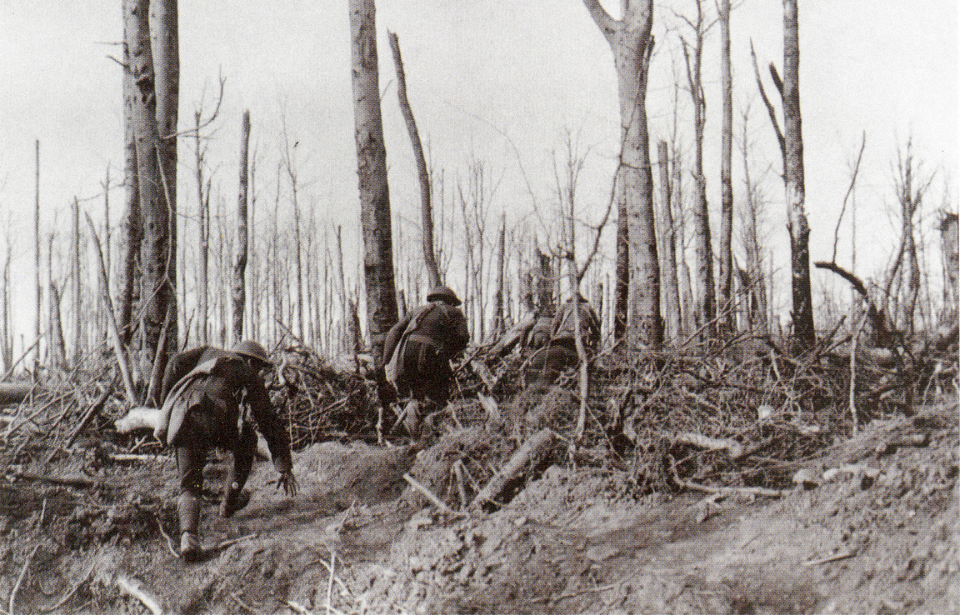The Meuse-Argonne Offensive toward the end of World War I is widely considered to be the campaign that truly stopped any and all fighting along the Western Front. It saw the US and French militaries use their combined strength to push the Germans several miles over the course of a month and a half, albeit at the expense of hundreds of thousands of lives.
High US casualties during the Meuse-Argonne Offensive
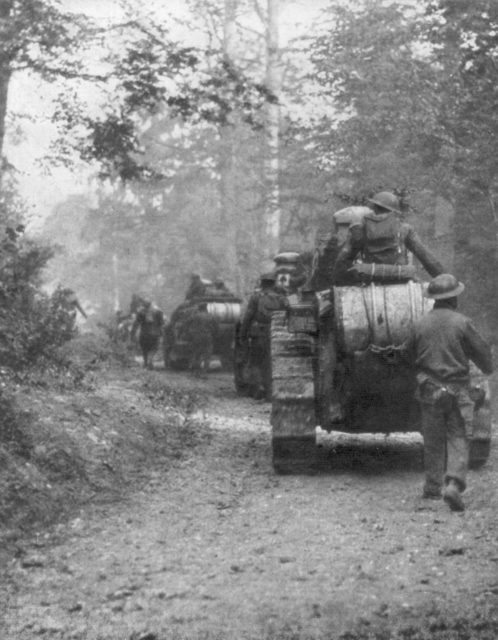
The Meuse-Argonne Offensive was the final Allied engagement along the Western Front during the First World War, carried out over 47 days by American and French troops. It was both the largest in the history of the US military, with 1.2 million Americans participating, and the deadliest to involve the US Army. The service suffered over 122,000 casualties, of which more than 26,000 were killed in action (KIA).
The reason American casualties were so high was that 70 percent of troops were young (between 18-23) and inexperienced. This, paired with poorly-planned tactics and the spread of the Spanish Flu, greatly impacted the effectiveness of the US forces. That being said, with over one million soldiers, they greatly outnumbered the Germans, which ultimately proved beneficial to the outcome of the war.
Initially, the American forces consisted of 15 First US Army divisions, while the French had 31. Altogether, they were equipped with 2,780 artillery pieces, 840 aircraft and 380 tanks. At this point in the conflict, the Germans were fighting with only 50 percent of their initial strength, but they were still able to put up enough of a resistance to force the Americans and French to call in reinforcements.
Aim of the Meuse-Argonne Offensive
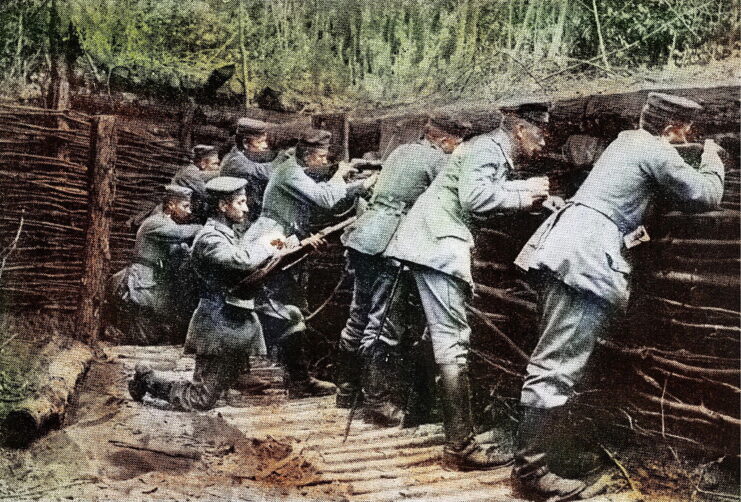
At the time, the Germans had the high ground along the Western Front. The Meuse-Argonne Offensive devised a plan to take that away by clearing the forest, after which the Allies would continue their advance and capture Sedan.
The city was home to a railway hub that was essential to the Germans, as it issued around 250 cargo trains a day to those forces stationed throughout France and Belgium. Each was filled with supplies and weapons. Therefore, capturing Sedan was integral to the Allies gaining control of the Western Front.
Commencing the Meuse-Argonne Offensive
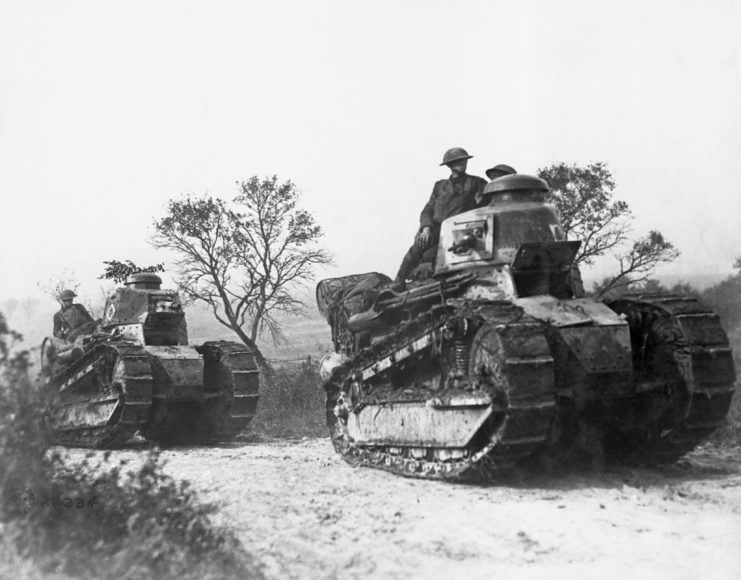
The first phase of the Meuse-Argonne Offensive began with an American attack at approximately 5:30 AM on September 26, 1918, led by Gen. John J. Pershing. The three-hour-long frontal bombardment was intended to push against the German line.
German forces launch a counterattack
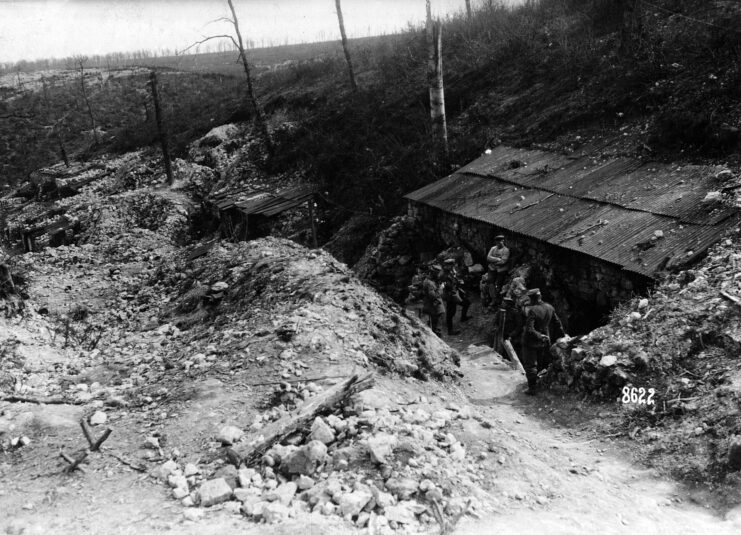
The Germans deployed reinforcements and launched a counterattack against the 35th Division on September 29, 1918. The US division had undergone leadership changes prior to the Meuse-Argonne Offensive, so it’s likely that poor commanders impacted their success.
Launching phase two of the Meuse-Argonne Offensive
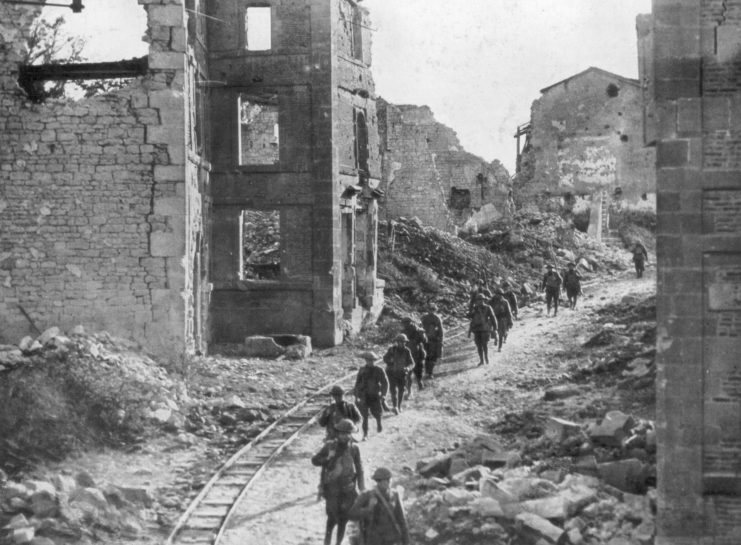
Phases two and three of the Meuse-Argonne Offensive moved extremely fast.
Successfully capturing Sedan
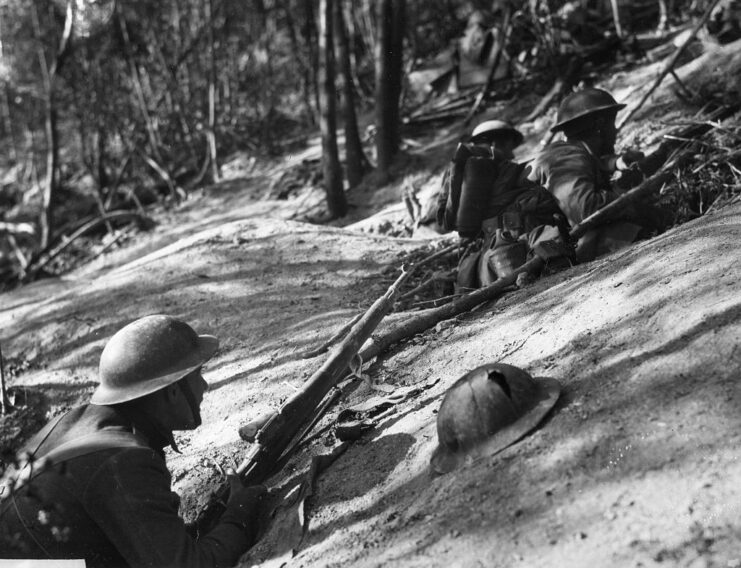
Beginning the third phase on November 1, 1918, the Americans reached the Meuse, and, by November 4, had the prized railway hub surrounded. Just a few days later, on November 10, they successfully took Sedan and cut off any German access.
Lost Battalion of the Meuse-Argonne Offensive
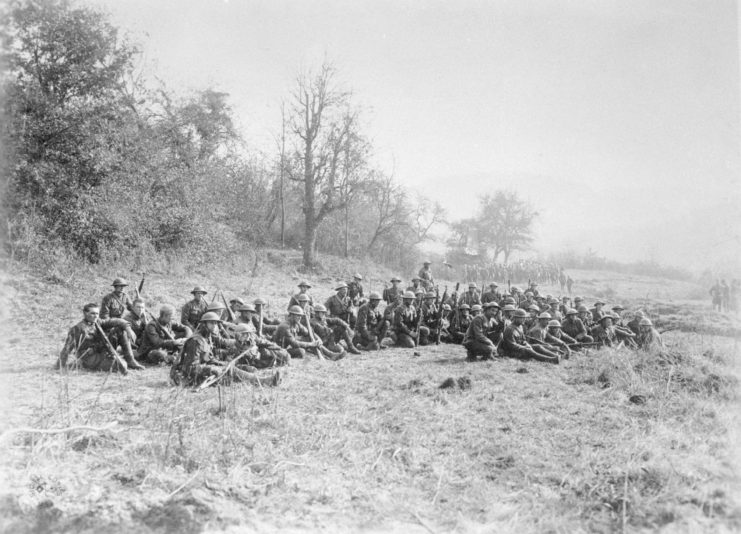
American advances during the second phase of the Meuse-Argonne Offensive were too speedy for some, resulting in a mistake that cost the lives of hundreds of soldiers.
Encircled by the Germans and targeted by friendly fire
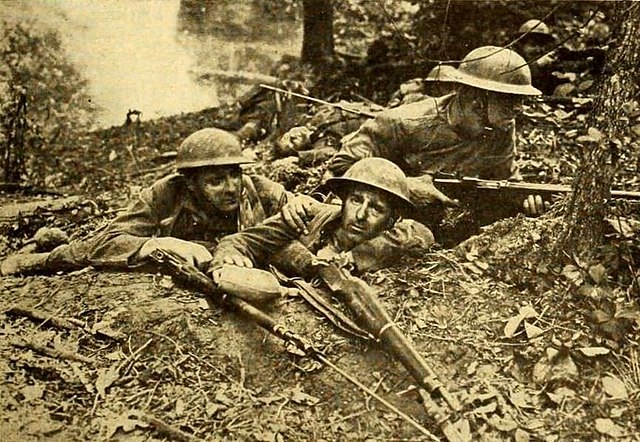
While encircled, the Lost Battalion suffered greatly due to a lack of food and medical supplies. They were also cut off from radio communications, so their last hope was to call for help using carrier pigeons. However, the Germans shot down each and every one.
